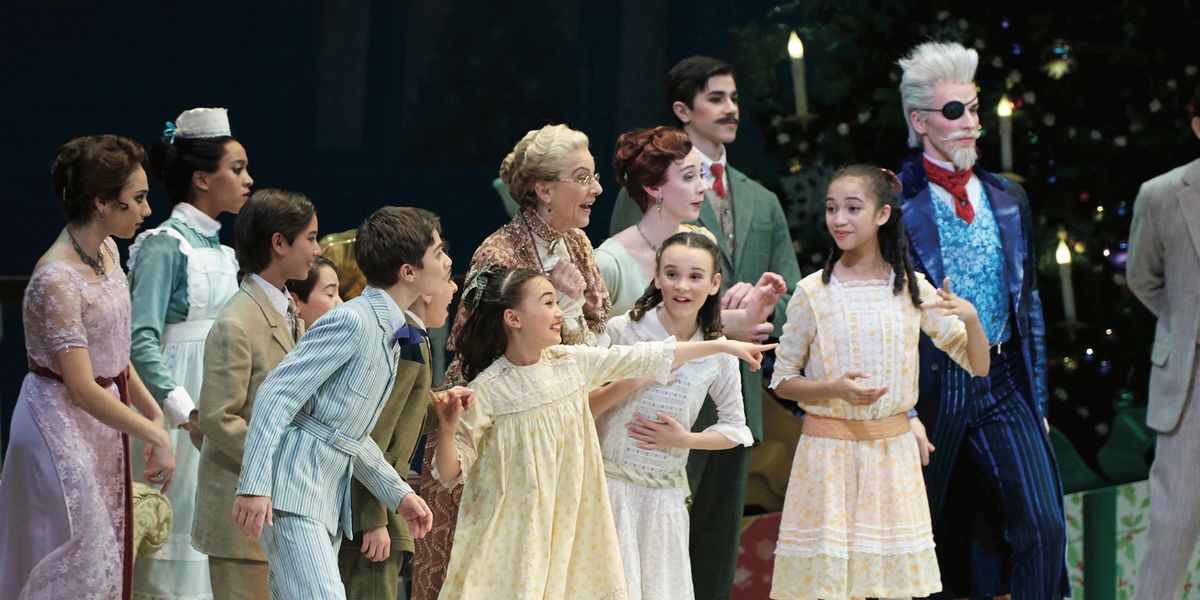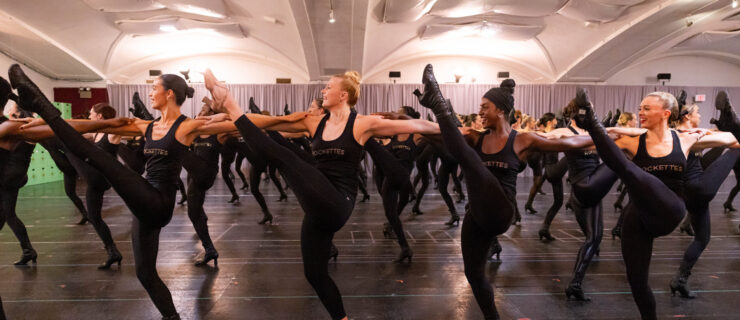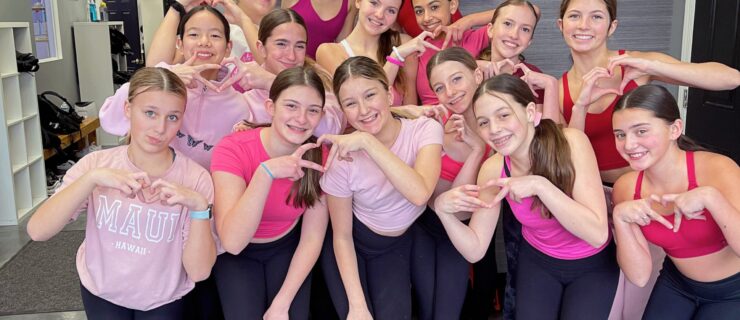Why Every Dancer Should Add Acting to Their Performance Toolbox
All dancers, from Broadway performers to avant-garde artists, are storytellers. The minute they start moving, they begin to convey character, emotion, and plot—even if they’re performing an ostensibly plotless work. “Think about the famous Martha Graham contraction,” says Broadway veteran Arbender Robinson. Even though it’s an abstract movement, “each contraction has meaning.”
But acting doesn’t come naturally to every dancer. Some fall victim to over-the-top facial expressions, which can feel forced. Others struggle to free their minds from the details of technique or choreography. What separates an authentic storyteller from a dancer who does too much—or too little? Training and time can make all the difference.
Go Back to Basics
To act in a naturalistic way, trained dancers often have to do some un-learning. “Dancers have what they need to tell stories with their bodies,” says Robinson, who works as a musical theater acting coach with New York Vocal Coaching. But sometimes we focus so hard on technique that we “get our brains stuck at the barre or in the mirror,” he says. “When you walk, do you think about holding your core, balancing your weight as you transfer from one foot to the next? No. You just walk.”
Ballet students, for example, “are taught to walk classically, and they have an idea of what a ballerina looks like,” says San Francisco Ballet ballet master Anita Paciotti. But when she coaches the young Claras for Helgi Tomasson’s Nutcracker, she doesn’t want them to behave like ballet students; she wants them to be people. Often Paciotti will ask her Claras to go back to basics, running as they would on the playground.
To train your mind to trust your body’s natural instincts, Robinson recommends practicing walking, leading with different body parts. “Try walking across the floor leading with your chest. How do you feel? Powerful? Confident? Conceited? Then try leading with your hips. Do you feel sassy and flirtatious?” Thinking about how these subtle changes affect the character of your walk will help you begin to see the storytelling capacity of movement. “Once you get comfortable with this activity, you can begin applying it to short excerpts of choreography,” he says. “With enough practice, it will become second nature.”
Tell Yourself a Story
Are you playing a character with a specific narrative arc? Try telling that story to yourself as you work through the choreography, so that every moment is as authentic as possible. “With Clara, it’s the little things, like maybe you wouldn’t run straight to the fireplace to look for your Nutcracker,” Paciotti says. “You would look at it, and pause to think, ‘Maybe my Nutcracker is by the fireplace!’ ” By adopting the character’s internal monologue, you’ll begin to develop the nuances that make an acting performance feel honest.
Even when the theatrical components are highly choreographed, like the pantomime in Giselle, each gesture should look natural. “It still has to feel spontaneous, like it’s happening for the first time,” Paciotti says. She recommends thinking about pantomime sequences as a series of sentences. “The beginning of each sentence is a new moment for you. A breath. You think, ‘Ah, yes, I’ll pick that flower there.’ ”
 Anita Paciotti in San Francisco Ballet’s “Giselle” (Erik Tomasson, courtesy San Francisco Ballet)
Anita Paciotti in San Francisco Ballet’s “Giselle” (Erik Tomasson, courtesy San Francisco Ballet)
If you’re dancing a more abstract role, try developing your own backstory for the choreography. When LIV Travel Dance Company dancer Skye Parsons learns a new piece for competition, she starts thinking about the intention behind it right away. “When I’m learning a solo, I tend to script the storyline myself,” Parsons says. She’ll shape a narrative in her head as she learns the choreography, adding nuance after she discovers how it ends. When working with a group, that process can be more collaborative. One time, Parsons’ team found inspiration for a piece about good vs. evil by acting out their characters over text message.
Don’t Force It
Overthinking technique isn’t the only way to appear stale or stiff onstage. “If you focus too much on portraying an emotion, it can all get stuck in your face,” Parsons says. “And an overly intense face distracts from the movement.” The key to naturalistic facial expressions is internalizing the narrative, the character, and the emotion you explored throughout the rehearsal process, so that by the time you get onstage, it’s second nature. That way, you won’t have to think “Look happy!” or “Look angry!”— you’ll just appear that way, without forcing it.
To get in character, “before the show, I like to pick a song to listen to that fits the emotion of the solo I’m about to perform,” Parsons says. “I put my headphones on, block out everyone around me, and really get in that mind-set.” Once onstage, she keeps her mind focused on the experience, not on the details of the choreography, or on what her emotion should look like. “Nothing is overly purposeful,” she says. “I just let it happen.”
And if you have other people onstage with you, they can help you act from an authentic place. “I always tell dancers to look one another in the eye when they interact,” Paciotti says. “There’s nothing more sincere than the smiles two people get when they look at each other.” At the end of the day, genuine emotion is always effective.
A version of this story appeared in the Summer 2019 issue of
Dance Spirit with the title “Acting for Dancers.”




